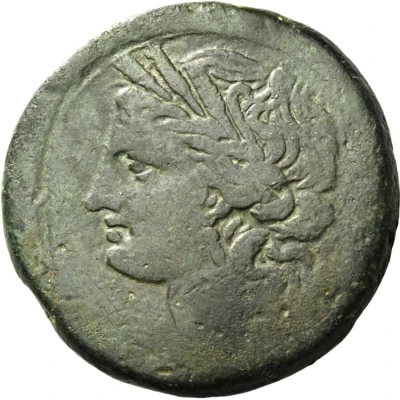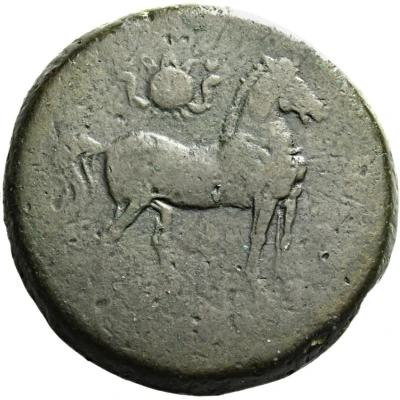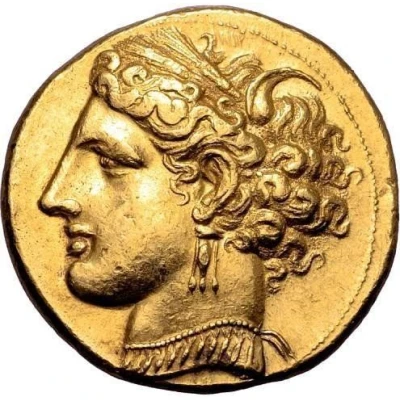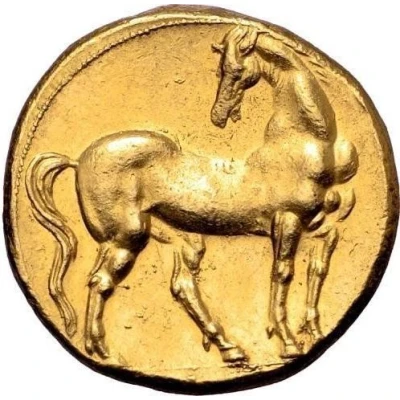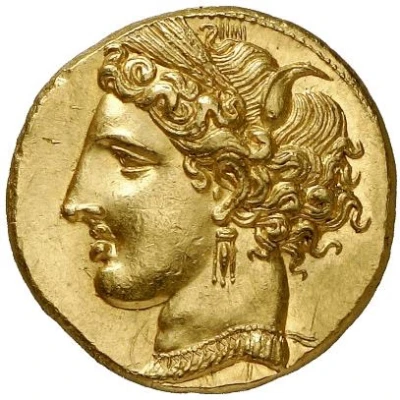
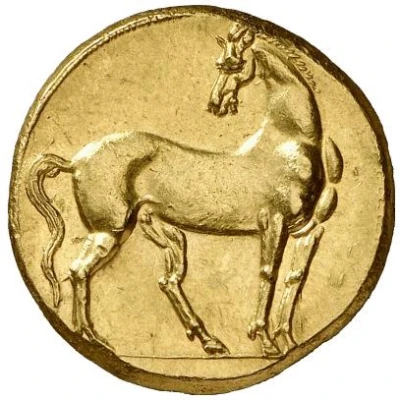

© Nomos AG
Trihemistater 270 BC - 264 BC
| Gold | 12.48 g | - |
| Issuer | Carthage (Zeugitana) |
|---|---|
| Type | Standard circulation coin |
| Years | 270 BC - 264 BC |
| Value | Gold Trihemistater (18) |
| Currency | Shekel |
| Composition | Gold |
| Weight | 12.48 g |
| Shape | Round (irregular) |
| Technique | Hammered |
| Demonetized | Yes |
| Updated | 2024-10-09 |
| Numista | N#171521 |
|---|---|
| Rarity index | 97% |
Reverse
Horse standing right, his head turned back to left.
Comment
Jenkins & Lewis Group IX, 380-383.
Interesting fact
The Trihemistater coin was used as a form of currency in the ancient city of Carthage, which was located in present-day Tunisia. The coin's name, "Trihemistater," means "three shekels" in Greek, which was the currency's value in the ancient Greek system. Despite being made of gold, the coin was not used as a symbol of wealth or power, but rather as a practical means of exchange for everyday transactions. Its value was equivalent to the daily wage of a skilled worker, making it a accessible and widely used currency among the people of Carthage.
